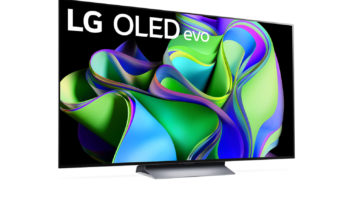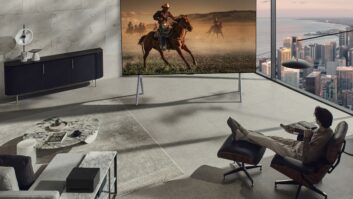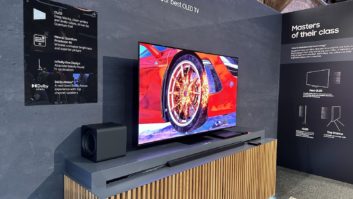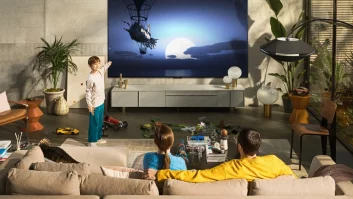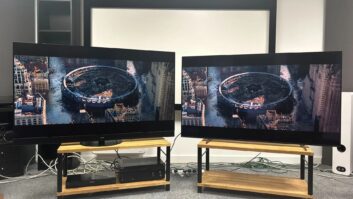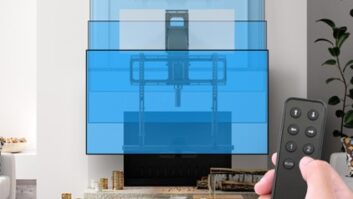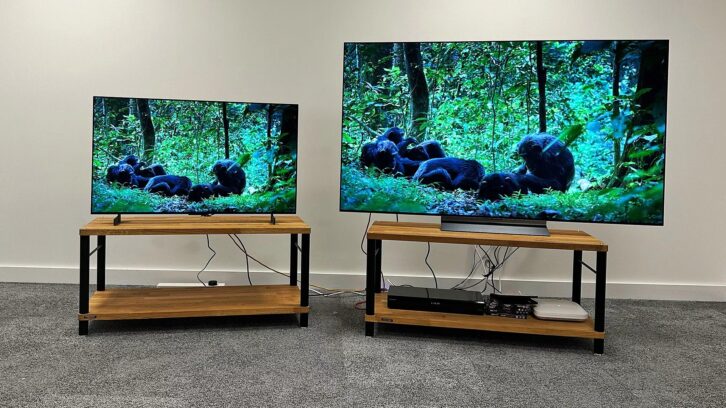
Editor’s Note: This article originally appeared on What Hi-Fi?. Read more from the TV experts on whathifi.com.
There’s a lot right about the LG C3. It has a superbly balanced picture. Its webOS interface is very user-friendly. And being an LG OLED, it offers a flawless gaming specs. We don’t award four stars lightly – the C3 had to earn them like any TV we review.
But there’s room for improvement. The C model used to be the best TV you could buy at the money, but the C3 is only a modest improvement on the C2 it replaces. In itself, that’s no great shakes – the C2 was a multi-Award winner, so if it ain’t broke…
Unfortunately for LG, the competition has moved on. The Sony A80L now offers more ‘pop’ in the picture, with better dynamics, brighter highlights and stronger blacks, and without losing dark detail. Like most 2023 TVs, the C3 is more expensive than its predecessor too. And the sound? The less said about it the better.
As such, the 65-inch C3 was awarded one star fewer than its five-star predecessor (though the 42-incher earned the full five stars).
Next year will doubtless see the launch of the LG C4. So will LG recapture its five-star rating across the sizes? And what else would we like to see from the 2024 OLED TV? Let’s see…
LG C4 OLED TV: 5 things we’d like to see
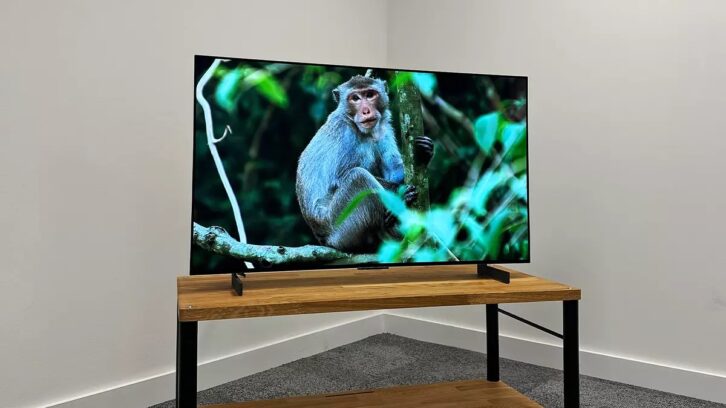
1. MLA
MLA stands for Micro Lens Array – it’s a new tech that adds a layer of billions of microscopic lenses to the screen panel to focus the light from the OLEDs. Why? To greatly increase the screen brightness, which has long been considered by some to be a weakness of OLED technology.
LG’s G3 (launched earlier in 2023) was the first TV to feature MLA, and as we noted in our review, it does have a big impact. While the peak brightness of around 2000 nits (up from 1000 nits in the G2) is only achievable in the garish, retina-searing Vivid mode, the general picture definitely has more pop. Colours are brighter and more vibrant, and darker parts of the picture gain more shadow detail.
Think adding MLA to the more affordable C4 is asking too much? Not necessarily. A few years ago, LG’s C- and G-range TVs differed only in their appearance and speaker systems – the screen tech and processing was exactly the same. This changed in 2021, when the G1 gained a brighter screen than the C1. But LG subsequently brought the same screen to the following year’s C2, with the G2 adding a heatsink to differentiate the two TVs. With the G3 adding MLA tech, could the C4 follow in its footsteps?
2. A heatsink
While we’re at it, why not give the C4 a heatsink as well?
This is a device that transfers heat generated by the TV into a coolant to be dissipated away, stopping the TV from overheating. It’s what allows the G3’s OLED pixels to be worked harder without risk of screen burn (the phenomenon that sees static parts of the picture indelibly scorched into the screen panel so they’re still visible even when you’re watching another channel).
Now, admittedly, maybe we are asking a bit much, because if the C4 added a heatsink, there wouldn’t be much difference between it and the pricier G4 that will undoubtedly launch. But see our earlier comment on past differences between the C- and G-series TVs. Besides, if you don’t ask, you don’t get.
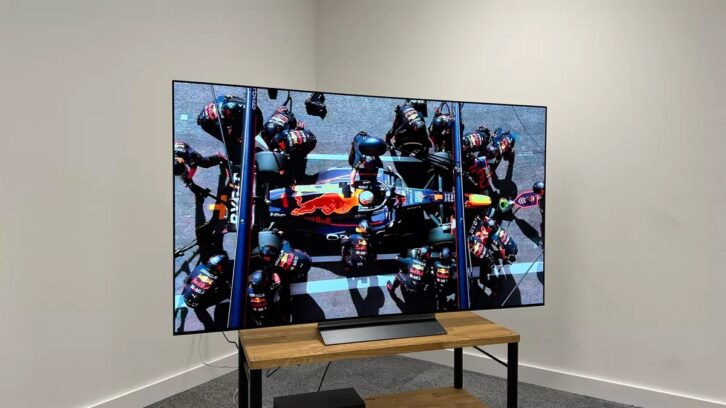
3. Better sound
This one definitely isn’t asking too much. The C3 sounds poor, even by the relatively low standards of TV audio. Startlingly, it actually sounds slightly better than its pricier sibling the G3, which speaks volumes about the G3’s sonic performance. But the C3 still underwhelms.
It just sounds plain dull. You can give it some more energy by switching on the AI Sound Pro feature, but this is so aggressive and thin that it’s unlistenable. The Dolby Atmos setting, meanwhile, is open, spacious and weighty, but also far too prone to rattly distortion when provoked by deep bass. The 42-inch model suffers from less distortion as it has less wallop generally, but it’s still all round dull, dull, dull.
It sounds even worse when you consider the competition. Sony’s A80L has an actuator-based sound system that transforms the entire screen into one giant speaker. It’s still no match for a soundbar, but by TV standards, it’s pretty good, and it blows the rival C3 out of the water.
For the C4, we’re hoping LG can innovate a new sound solution.
4. A fresh design
The C3 sticks with the design of the C2, and while it does have its merits, there are some things we would change. The feet, for starters. The 42-inch model stands on feet that make the TV trickier to accommodate on a TV cabinet. The feet are plasticky too, and don’t raise the TV high enough to fit anything but the slimmest soundbar below it.
The 65-inch model has a central stand which avoids these issues. But it could still learn a thing or two from the picture frame-style design of the G3.
5. A bigger upgrade
This point really summarises the previous ones. The C3 was such a minor upgrade on the C2 that it’s allowed other TVs to catch up – most notably the Sony A80L, which is a stunning proposition. LG’s C-series TVs have been among our favourite models of recent years, with the previous-year models being some of the best value sets around. But if LG rests on its laurels it really will fall behind the competition.
Come on LG, don’t let us down…
About the Author
Joe Svetlik has been writing about tech for 17 years, first on staff at T3 magazine, then in a freelance capacity for Stuff, The Sunday Times Travel Magazine, Men’s Health, GQ, The Mirror, Trusted Reviews, TechRadar and many more (including What Hi-Fi?). His specialities include all things mobile, headphones and speakers that he can’t justify spending money on.
See also: SHARP Aquos XLED TVs: A Game Changer For Independent Retailers






